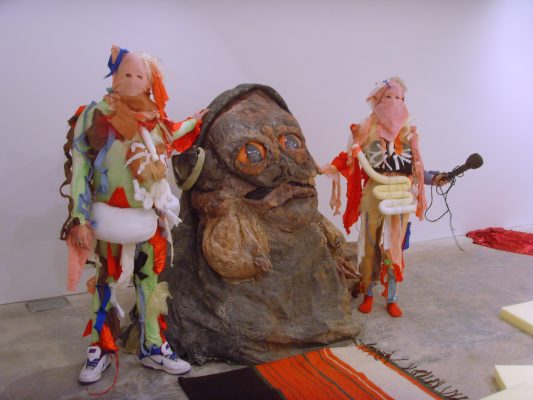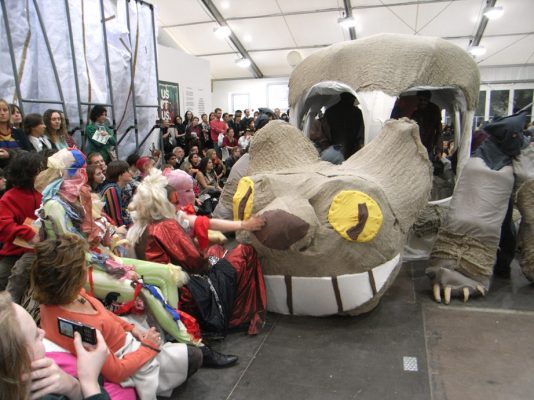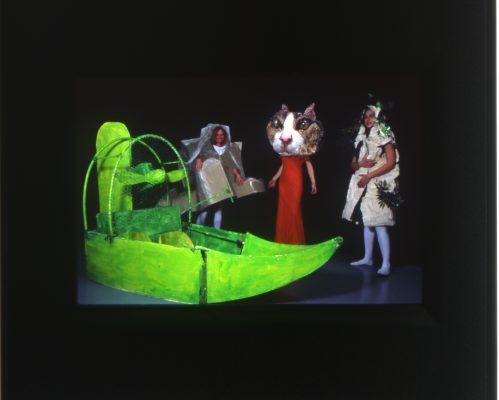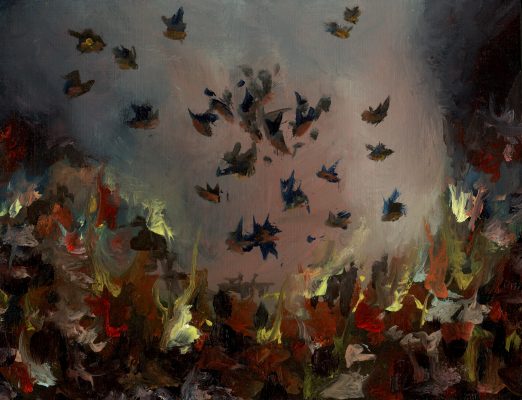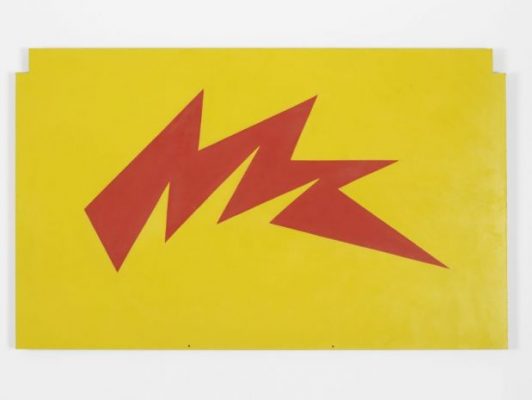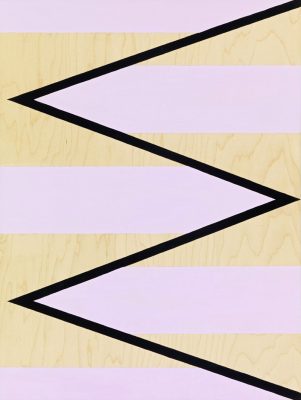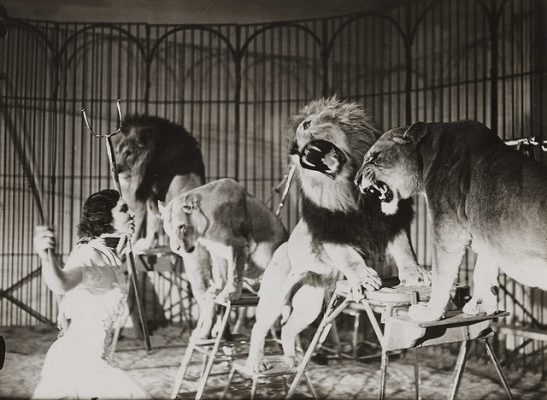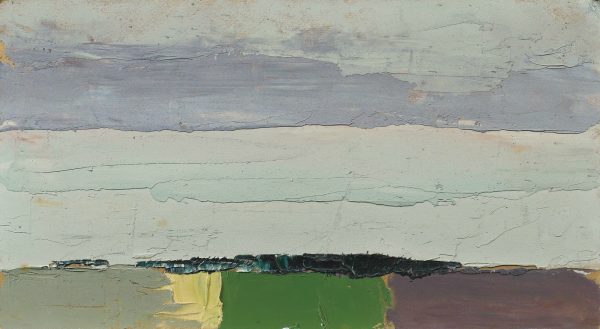Four or so years ago, at what was then the single Peckham establishment to serve a selection of sandwiches (the competition is, now, dispiritingly intense), my breakfast companion recognised two girls at a neighbouring table from the previous evening’s party. We struck up a pleasant conversation, the substance of which escape me, but which ended, unforgettably, with their inviting us to a naked barbecue and film screening at the house in which they lived. I didn’t go, despite promising to at the time, and have ever since regretted it.
This, I would later discover, was the nudist commune in which the artist Spartacus Chetwynd lived [Editor’s note: since the publication of this interview, the artist has changed her name to Marvin Gaye Chetwynd]. Spartacus had even then the aura of a legend among South East London’s art community, having established a cult following for her absurdist, fabulous theatrical happenings with productions including:
– ‘An Evening with Jabba the Hutt’ (2003): in which Spartacus herself is among a scantily-clad harem attending to Star Wars’ notorious slave trader, re-imagined as a smooth-talking Lothario with a platform to expound his opinions on global politics.
– ‘The Fall of Man’ (2006): for which passages from the Book of Genesis, Paradise Lost and The German Ideology are reconceived for performance by puppets manipulated by glum, painted pierrots.
– ‘Hermito’s Children’ (2008): a multi-screen, narrative video work describing the efforts of transgender detectives to solve the case of a girl who dies after suffering an excess of orgasms on a dildo seesaw.
Her work combines epic ambition with a jerry-rigged aesthetic in performances that often inspire the audience (and participants) to giggles. This hilarity does not, however, disguise or contradict the work’s radicalism and sharp social commentary. Take ‘The Walk to Dover’, a week-long march in the guise of Dickensian street urchins from London to Dover, which followed in David Copperfield’s footsteps. The 2005 work draws comparisons between Victorian debtors’ prisons and our contemporary reliance upon credit cards that now seem unnervingly prescient. This was the same year – to contextualise – that Damien Hirst went into a London taxidermists to buy the skull that he would encrust with diamonds.
Spartacus Chetwynd’s reputation has grown over the intervening years, hitting a peak with her nomination for the Turner Prize in 2012. Her work continues to express hope, joy and faith in community. These are convictions in short supply in today’s society, and her work is all the more important for it.
